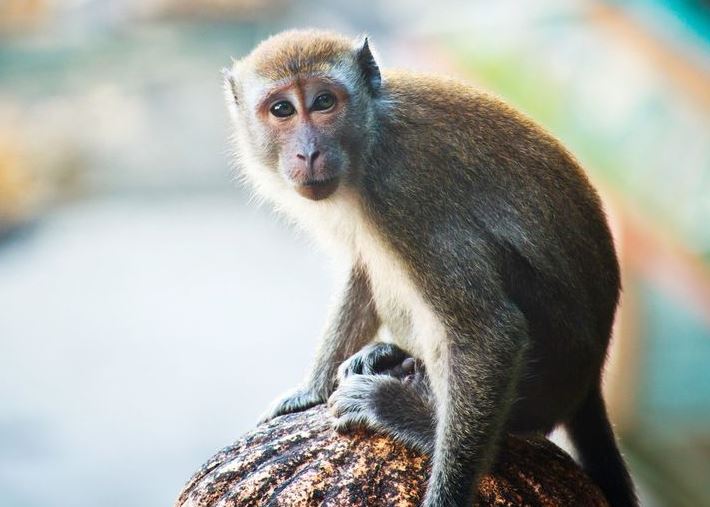Scientists create first live primate Chimera monkey using dual DNA sources
Researchers have created the world’s first live primate chimera using stem cells from a cynomolgus monkey.
The cynomolgus monkey was created using dual DNA sources.
They used a genetically distinct embryo from the same species to achieve this milestone.

This pioneering work, conducted by scientists in China, marks a notable advancement in genetic and biomedical research.
The groundbreaking study, published in Cell, involved using seven-day-old monkey embryos to extract nine stem cell lines.
These stem cells were then introduced into four-to-five-day-old monkey embryos.
The resulting monkey lived for 10 days and was found to be “substantially chimeric.”

It had a high percentage of cells derived from the stem cells throughout its body.
Study coauthor Miguel Esteban, principal investigator at the Guangzhou Institute, highlighted the significance of this achievement: “It is encouraging that our live birth monkey chimera had a significant contribution of stem cells to the brain, suggesting this approach could be valuable for modeling neurodegenerative diseases.”
Scientists used green fluorescent protein to identify embryonic cells in the monkeys.

To identify embryonic cells from two sets of monkeys, scientists utilized green fluorescent protein.
After implanting the embryos, twelve monkeys were conceived, resulting in six live births.
Of these, only one monkey was classified as ‘substantially chimeric,’ with stem cells comprising an average of 67% of its tissue across 26 tested types.
Esteban noted the potential for species conservation with monkey chimeras.
He suggested that these chimeras could help conserve endangered species if created between different nonhuman primate species.
If donor cells contribute to the germ line, it may be possible to breed animals from these species.
This approach could offer new solutions for preserving endangered primates.

Chimera mice have previously intrigued scientists, but the creation of a monkey chimera is even more exciting.
This is because monkeys are evolutionarily closer to humans than mice.
The development offers new possibilities for research due to this closer relationship.
Zhen Liu, a senior author of the study from the Chinese Academy of Sciences, emphasized the potential of this research: “This is a long-sought goal in the field. It could help us generate more precise monkey models for studying neurological diseases and other biomedical research.”
The study highlighted ongoing challenges.
Professor Mu-Ming Poo acknowledged these issues.

He emphasized the need for further improvements. “The health of the monkey is still a concern. To produce viable monkey models, we need chimeras that can live longer.”
The successful creation of the first live primate chimera represents a major leap forward in genetic research and biomedical applications.
As scientists refine these techniques, the potential for advancements in disease modeling increases.
The possibilities for improving species conservation also grow. These developments promise significant benefits for both fields.
